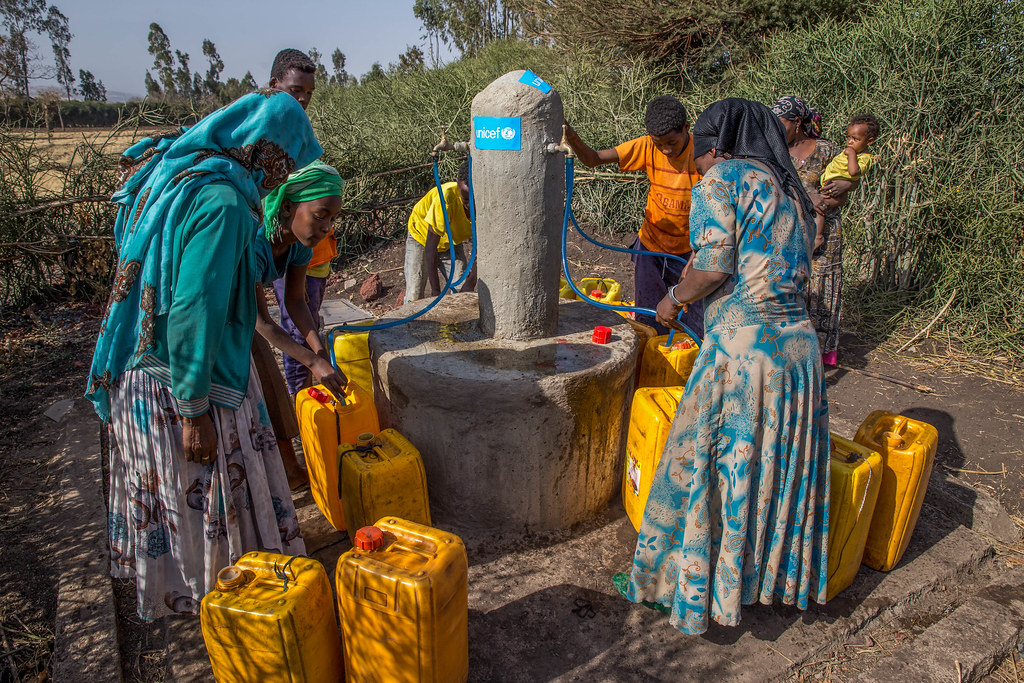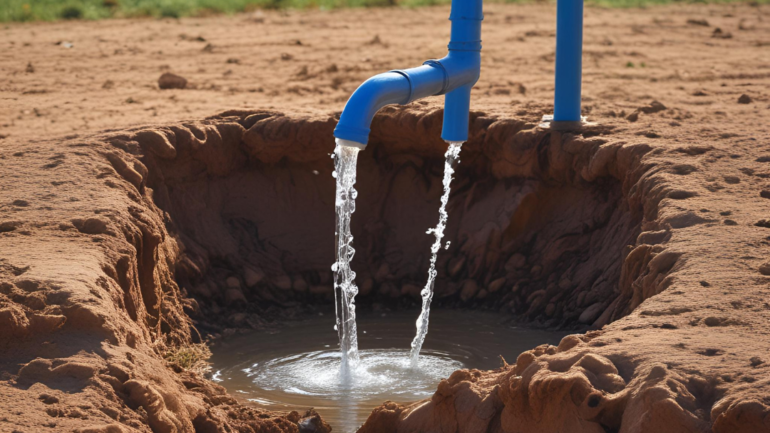By Nayantara Singh
The crisis
The arrival of the summer months has been accompanied by an acute water scarcity crisis in India’s national capital. The situation escalated to a point where, on Thursday, 6th June, the Supreme Court released a directive, ordering the Himachal Pradesh government to release and transport the 137 cusecs of surplus water it stored, to Delhi, in an effort to resolve the water scarcity crisis.
The cause of the crisis
There are a few reasons why this crisis occurred. Mainly, it was due to the below-capacity functioning of the Wazirabad Water Treatment Plant (WTP). Surface, or river water, is filtered, stored and transported from WTPs all over Delhi. The Wazirabad WTP did not receive enough water to function at its full capacity, triggering a water shortage in the city. To understand why this happened, it is vital to understand how Delhi receives and transports its water. First, what’s important to note that water is either measured in a unit called cusecs, where 1 cusec is equal to 1 cubic foot per second, or in MGD, which is a million gallons per day.
Sources of water
Groundwater is one of the sources of Delhi’s water supply. However, the city primarily relies on surface water for its requirements. There are four main rivers from which water is received; Ganga, Ravi-Beas, Yamuna and Sutlej. In the past month, rainfall has been minimal in Delhi, with the Indian Meteorological Department (IMD) terming it a “rainfall deficit.” This was the first cause of the water crisis. The lack of rainfall led to the depletion of water levels in these rivers, making the water source insufficient in supplying water to plants like the Wazirabad WTP.
Transport of water
Water from the river Ganga is transported through the Upper Ganga Canal in Uttar Pradesh, to Delhi. Water from the Ravi-Beas, Yamuna and Sutlej rivers is transported through a network of canals, mainly the Carrier line channel (CLC) and the Delhi sub-branch (DSB), which run through neighbouring states such as Haryana, Punjab and Uttar Pradesh. A Haryana official from the Irrigation and Water Resources Department reported that out of the 352 cusecs of water transported through the Hathnikund Barrage, a river barrier containing many canals, a good proportion is lost due to seepage. This is another reason why the Wazirabad WTP was unable to function fully.
The heatwave
An additional cause of the water crisis is the increased need for water. According to the Delhi Jal Board (DJB), Delhi’s water production has been maintained at 900 million gallons per day (MGD). However, the city requires roughly 1,290 MGD during the summer, due to high temperatures. So, the record-breaking heatwave that plagued the city during the month of May, contributed to excess demand for water, or a water shortage.
Sources
About Us | Delhi Jal Board. delhijalboard.delhi.gov.in/jalboard/about-us.
AIJAZ, RUMI [RUMI AIJAZ]. “Exploring Ways to Fill Delhi’s Unmet Water Needs.” orforonline.org, Apr. 2024.
Harigovind, Abhinaya. “Heatwave, Water Shortage in the National Capital: How Does Delhi Get Its Water?” The Indian Express, 7 June 2024, indianexpress.com/article/explained/how-delhi-gets-its-water-9376929.
Mehrotra, Isha, and Isha Mehrotra. “Where Does Delhi’s Water Come From? What’s Causing the Severe Shortage?” Firstpost, 13 June 2024, www.firstpost.com/explainers/delhi-water-shortage-resources-supreme-court-heatwave-13782182.html.
Sarda, Kanu. “Haryana to Court on Delhi Water Crisis: No Excess Water Released by Himachal.” India Today, 13 June 2024, www.indiatoday.in/india/story/delhi-water-crisis-haryana-government-supreme-court-no-excess-water-himachal-pradesh-2552557-2024-06-13.
Tnn. “‘Wazirabad WTP to Return to Full Capacity Soon.’” The Times of India, 18 July 2023, timesofindia.indiatimes.com/city/delhi/wazirabad-wtp-to-return-to-full-capacity-soon/articleshow/101848372.cms.




